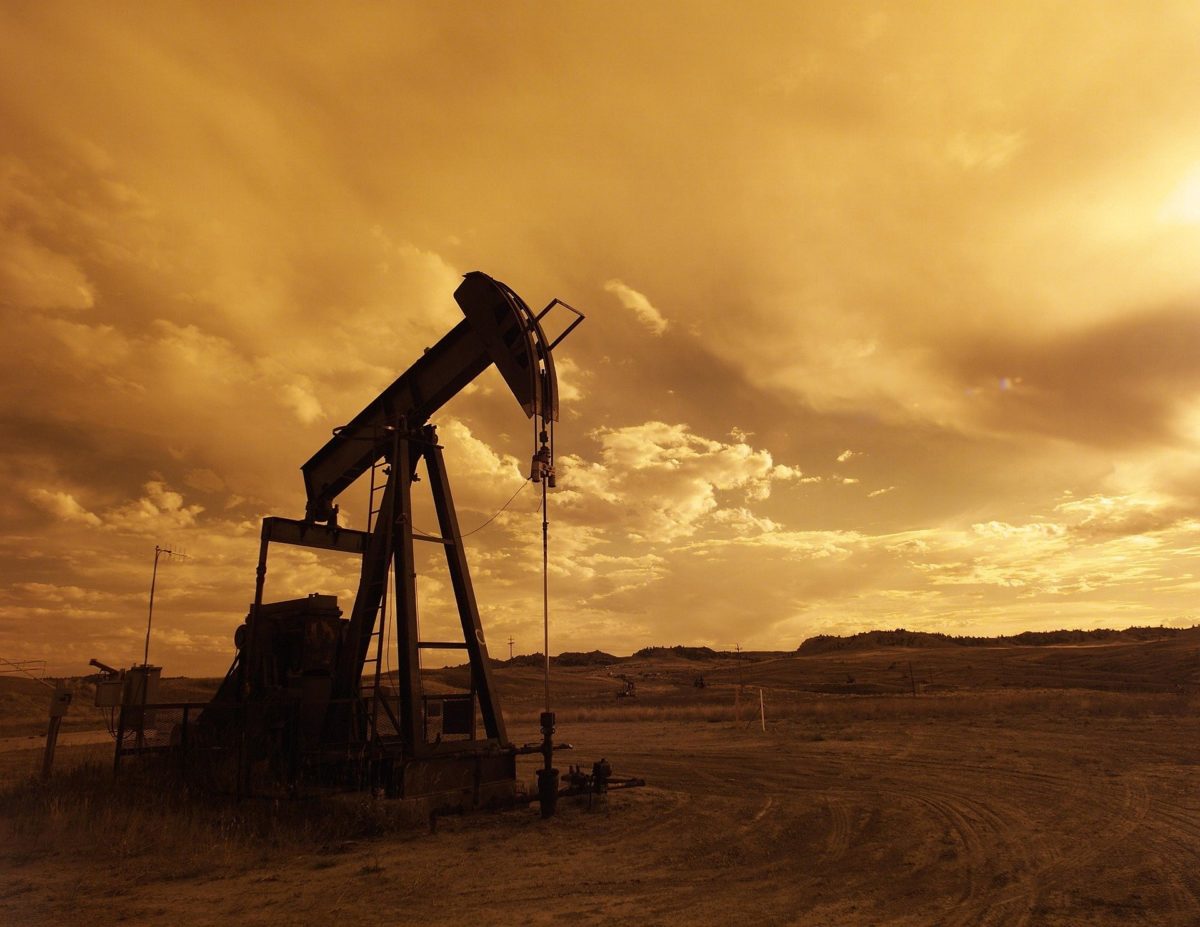From pv magazine Australia.
As oil majors including BP and Shell write down billions of dollars in assets as a result of Covid-19-crushed fuel demand, Chevron is scaling up its renewable energy portfolio to power oil and gas facilities. Under a four-year agreement with Canada’s Algonquin Power & Utilities, the U.S. power company is seeking to establish more than 500 MW of clean energy electricity generation capacity.
Initial renewables projects are expected on Chevron land in the Permian Basin of Texas and New Mexico as well as in Argentina, Kazakhstan and Western Australia, with construction to begin next year. The projects will be jointly owned, with Algonquin leading design, development and construction and Chevron buying the electricity generated through power purchase agreements.
“This agreement advances Chevron’s commitment to lower our carbon footprint by investing in renewable power solutions that are reliable, scalable, cost efficient, and directly support our core business,” said Allen Satterwhite, president of Chevron Pipeline & Power.
Upstream companies on the move
While some oil and gas majors have been getting serious about renewables in the last decade, Chevron investments in solar and wind have been relatively scarce. In Australia, the company’s most notable move was to provide a significant financial contribution to the Onslow microgrid project delivered by the Western Australian government and owned by regional utility Horizon Power. That project integrates thermal and solar generation with battery storage to maximize renewables penetration in the town to up to 90%.
Rivals, mostly from Europe, have made much bigger commitments in Australia and elsewhere. For instance, Anglo-Dutch power company Shell has started construction of a 120 MW solar farm to supply its QGC onshore gas operations in the north of Queensland. It also snapped up a 49% stake in Esco Pacific, one of the biggest Australian utility scale solar developers, and made a foray into the electricity market with an AU$617 million (US$441 million) acquisition of commercial and industrial power provider ERM Power.
French company Total Eren has built Victoria’s biggest PV project, the 256.5 MW Kiamal Solar Farm, and is looking to add a second stage with a generation capacity of up to 194 MW. On top of that, the renewables developer – 23% owned by French energy company Total – is exploring commercial options for an approved 380 MWh of energy storage.
Popular content
Wellington solar
The British-headquartered solar arm of energy company BP – Lightsource BP – secured financing for its first Australian utility scale PV project last year. In addition to the 200 MW Wellington Solar Farm, the largest single plant financed by the company, Lightsource has proposed three more solar farms across the country.
The Enel Green Power Australia subsidiary of Italian energy giant Enel owns the 275 MW Bungala Solar Farm in a joint venture with investor Dutch Infrastructure Fund. That project, near Port Augusta, South Australia, is one of the largest solar facilities in the nation. Last year, Enel started construction of the 34.2 MW Cohuna Solar Farm, one of the three PV projects allocated in the first Victorian renewable energy auction.
Diversifying its gas-focused portfolio Down Under, another Italian energy company, Eni, entered the Australian renewables market last year by acquiring the Northern Territory’s largest PV project – the 33.7 MWp Katherine Solar Farm, and the list goes on.
Gorgon troubles
While Chevron’s renewables plans in Australia are not clear yet, the latest announcement comes as safety fears continue to mount after hundreds of cracks were discovered in critical equipment during routine maintenance at its Gorgon liquefied natural gas (LNG) project in Western Australia. The largest single-resource project in the country, and one of the world’s largest LNG terminals, is carrying out repair work on Train 2, which is expected to start operating again in September, months later than planned because of the cracks.
Delays are nothing new for the Gorgon project, which was accountable for a huge increase in Australia’s CO2 emissions linked to the company’s failure to start operating its carbon capture and storage (CCS) project along with gas production in 2016. The CSS project finally began operating last year. As a result, Chevron could be forced to pay an AU$100 million-plus fine following the Western Australian government’s ruling it must account for emissions from the Gorgon project from 2016-21.
This content is protected by copyright and may not be reused. If you want to cooperate with us and would like to reuse some of our content, please contact: editors@pv-magazine.com.



0 comments
By submitting this form you agree to pv magazine using your data for the purposes of publishing your comment.
Your personal data will only be disclosed or otherwise transmitted to third parties for the purposes of spam filtering or if this is necessary for technical maintenance of the website. Any other transfer to third parties will not take place unless this is justified on the basis of applicable data protection regulations or if pv magazine is legally obliged to do so.
You may revoke this consent at any time with effect for the future, in which case your personal data will be deleted immediately. Otherwise, your data will be deleted if pv magazine has processed your request or the purpose of data storage is fulfilled.
Further information on data privacy can be found in our Data Protection Policy.